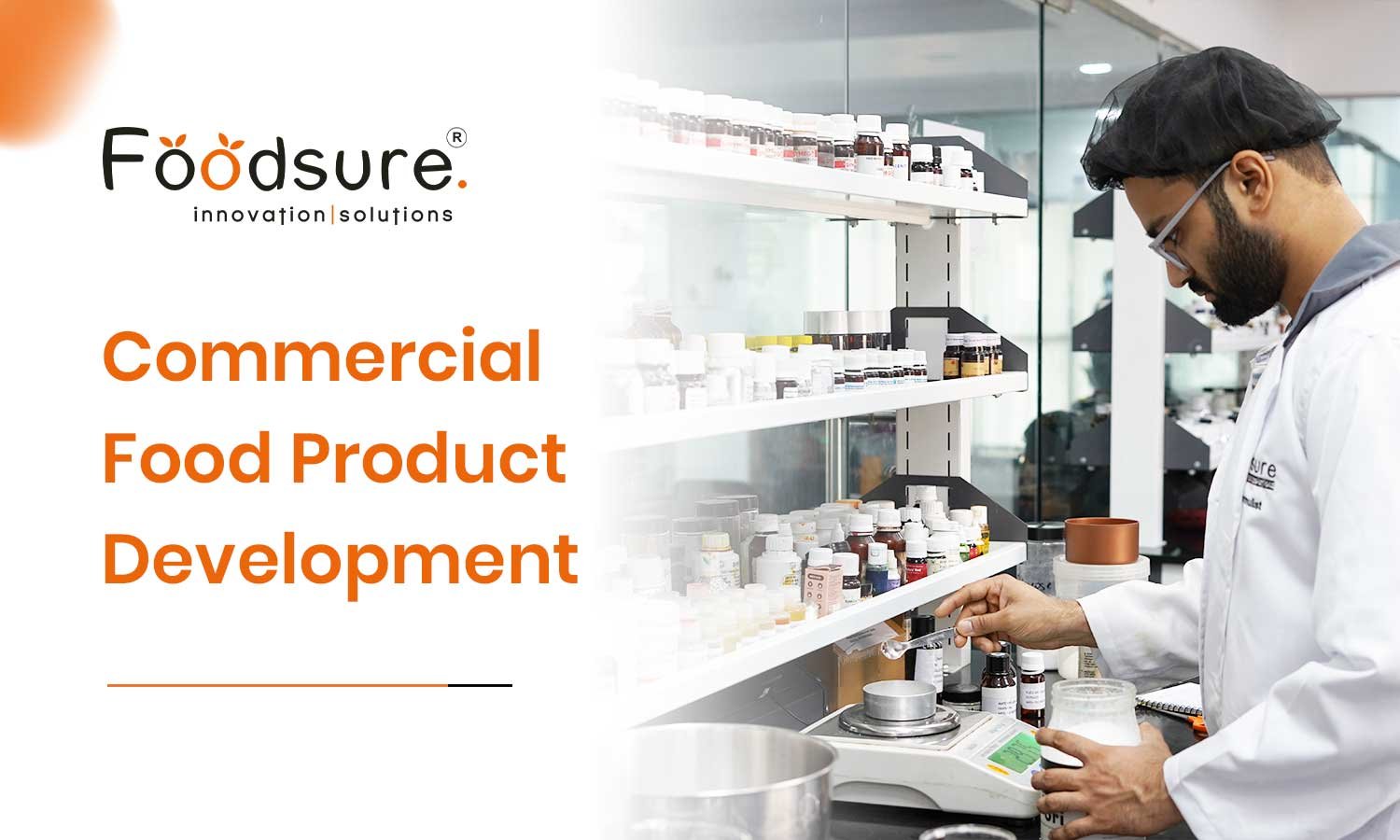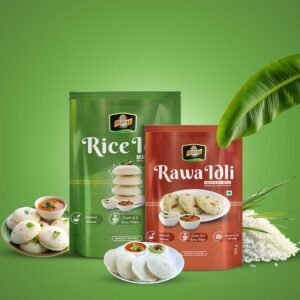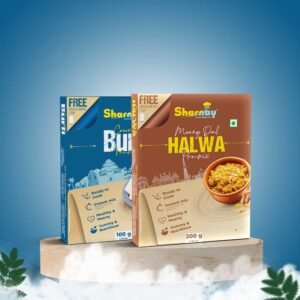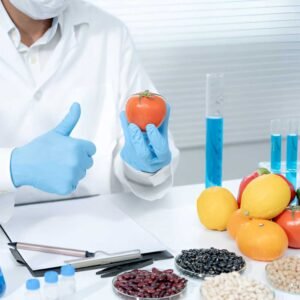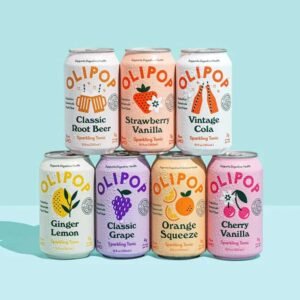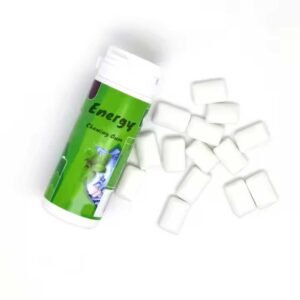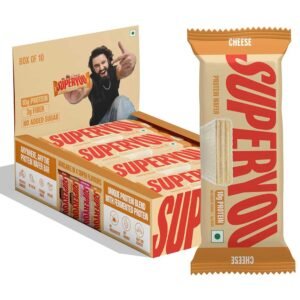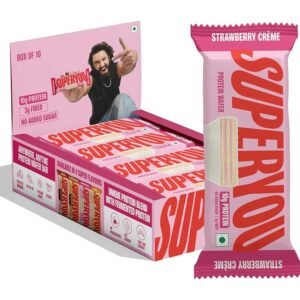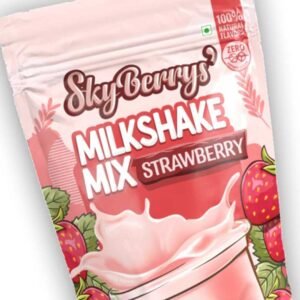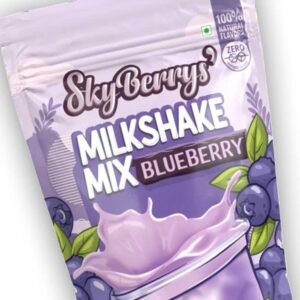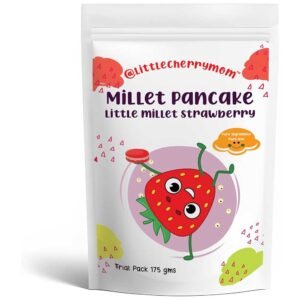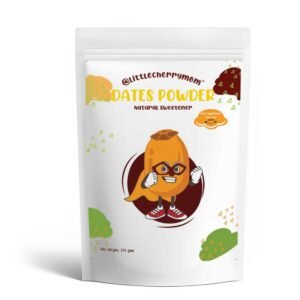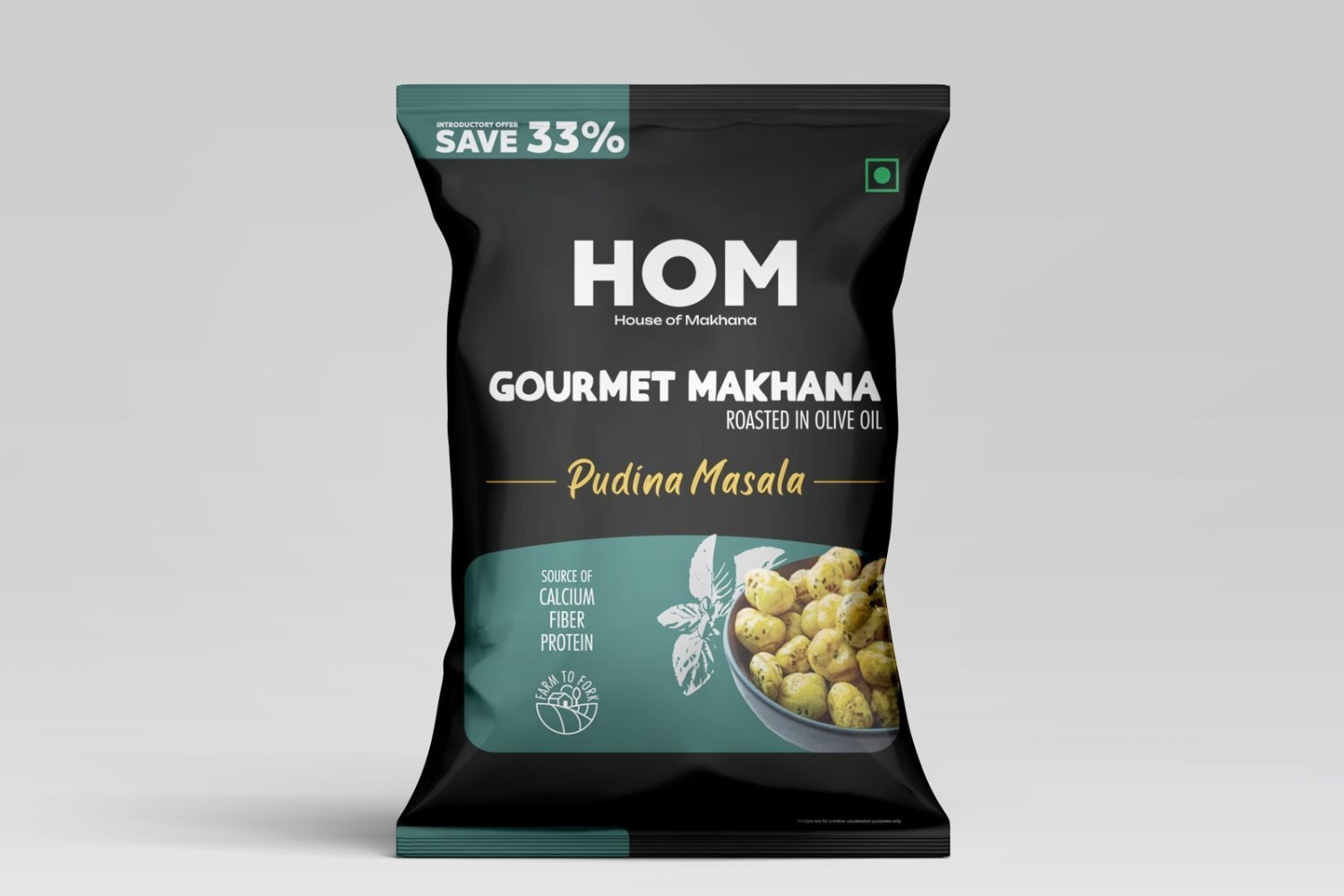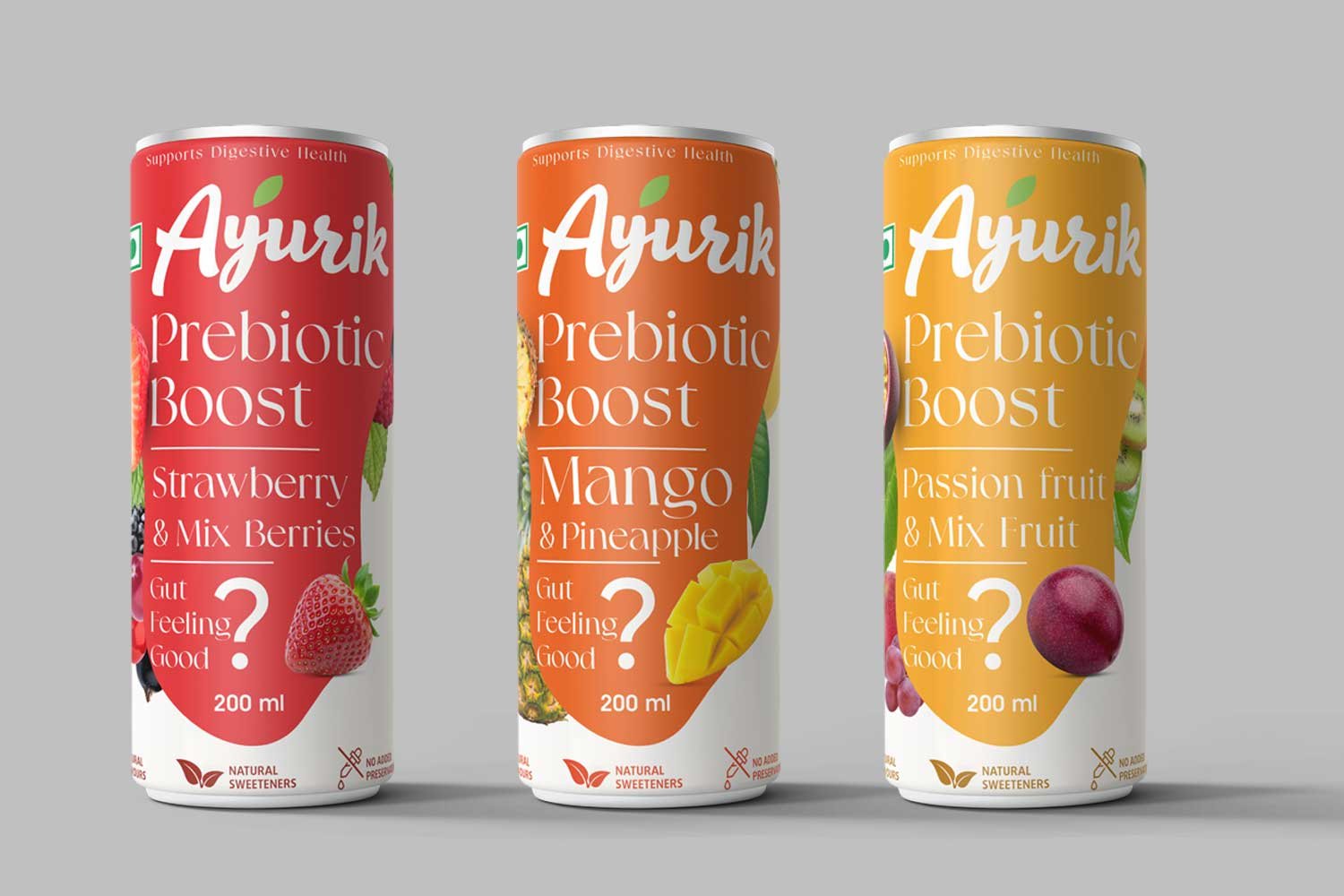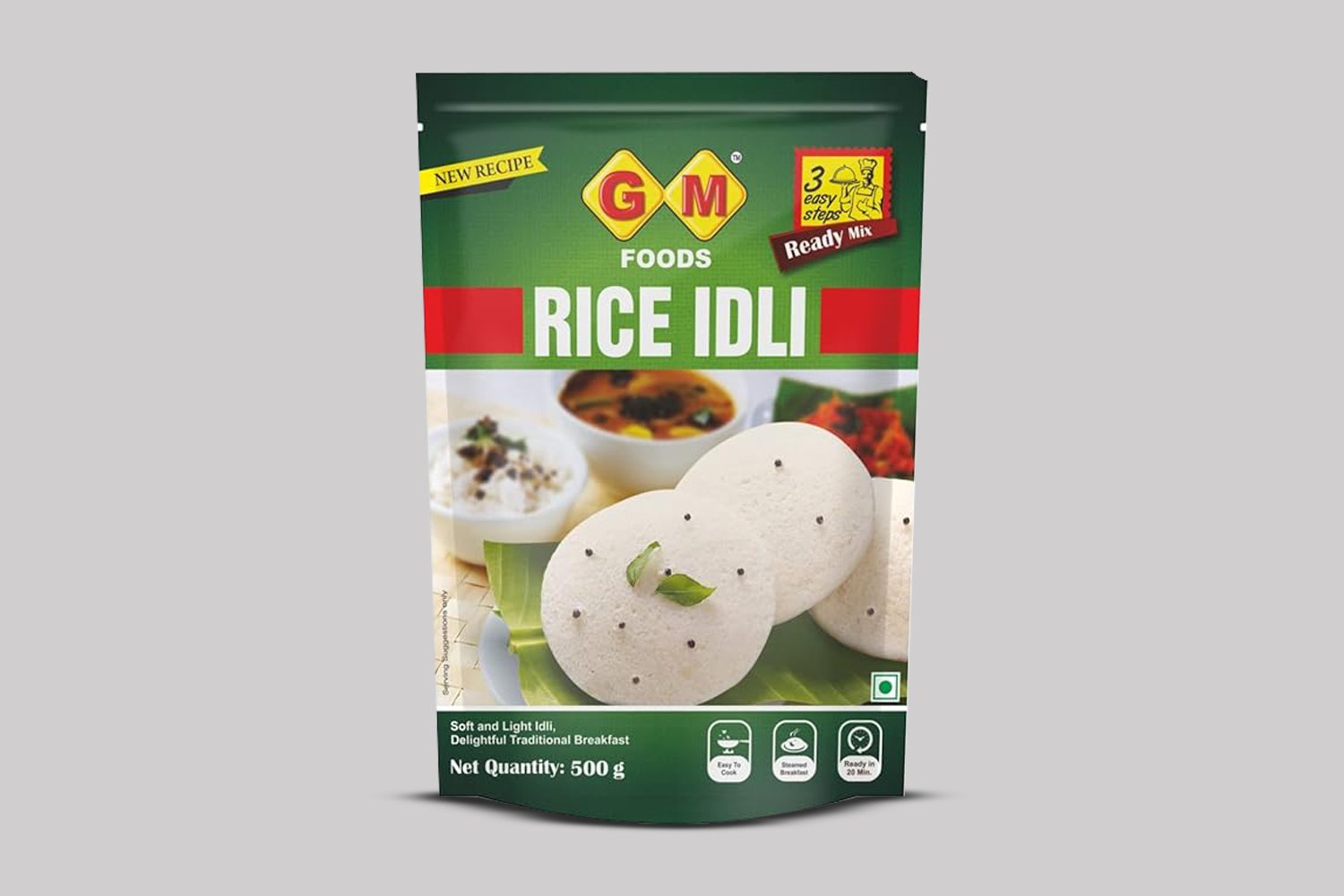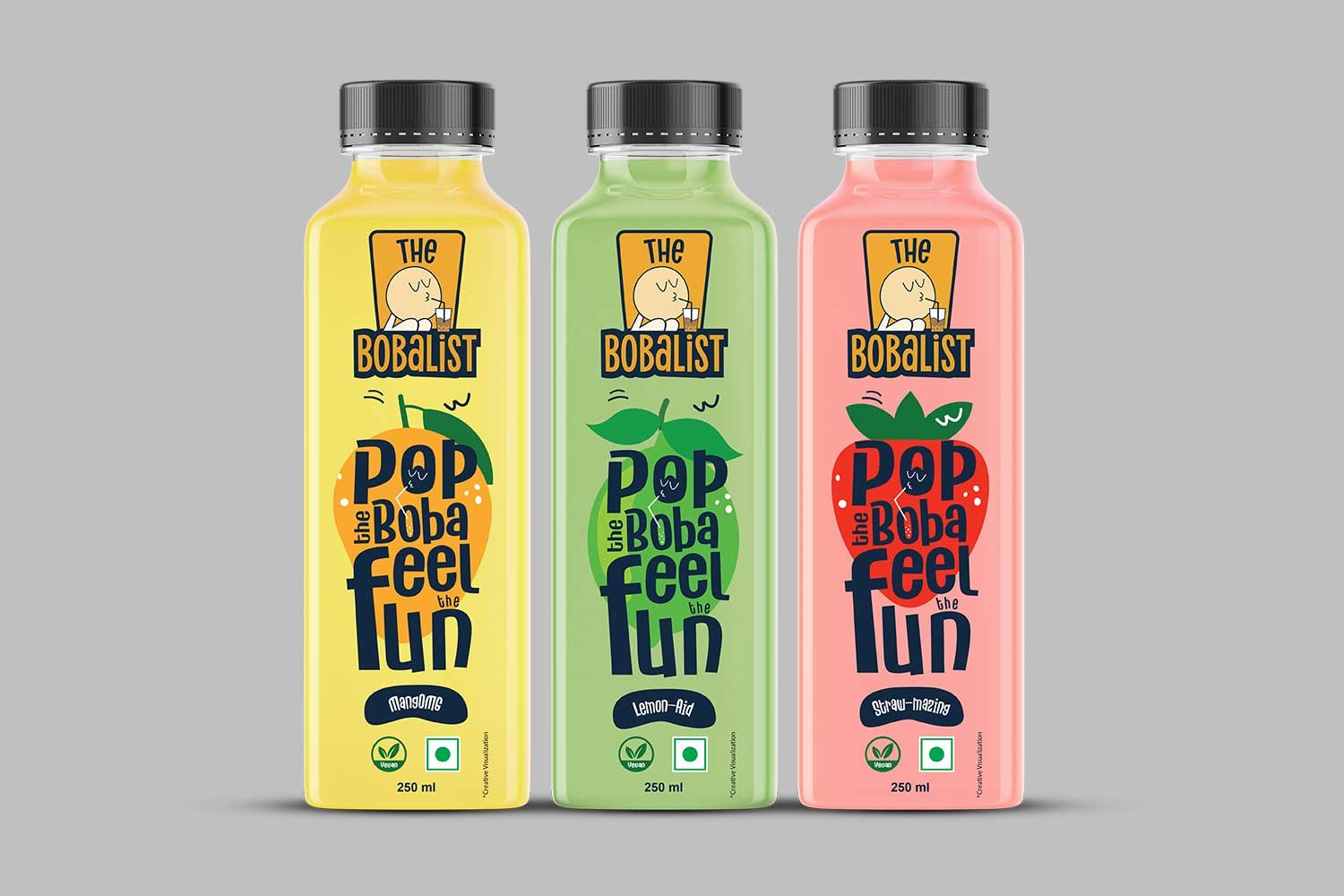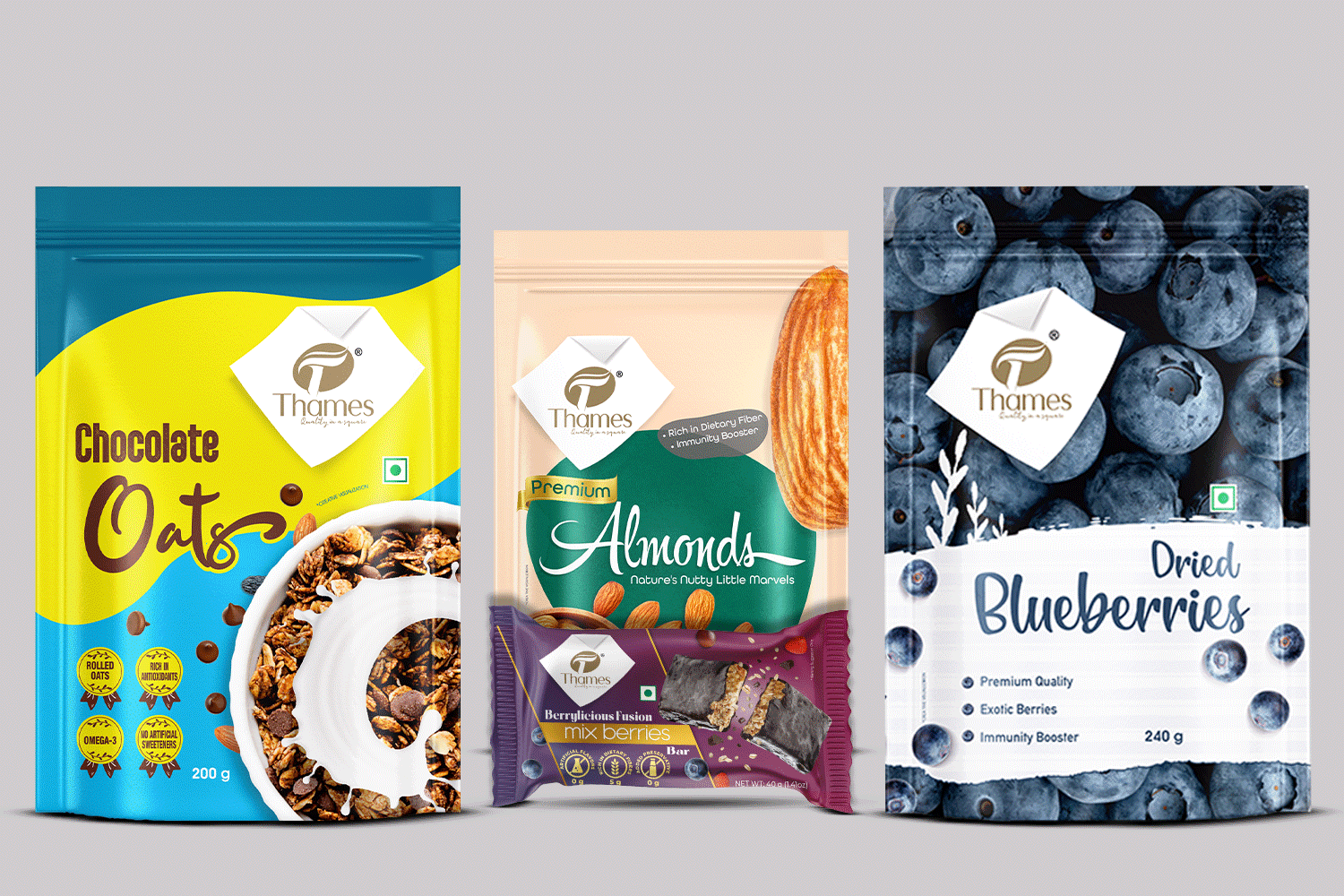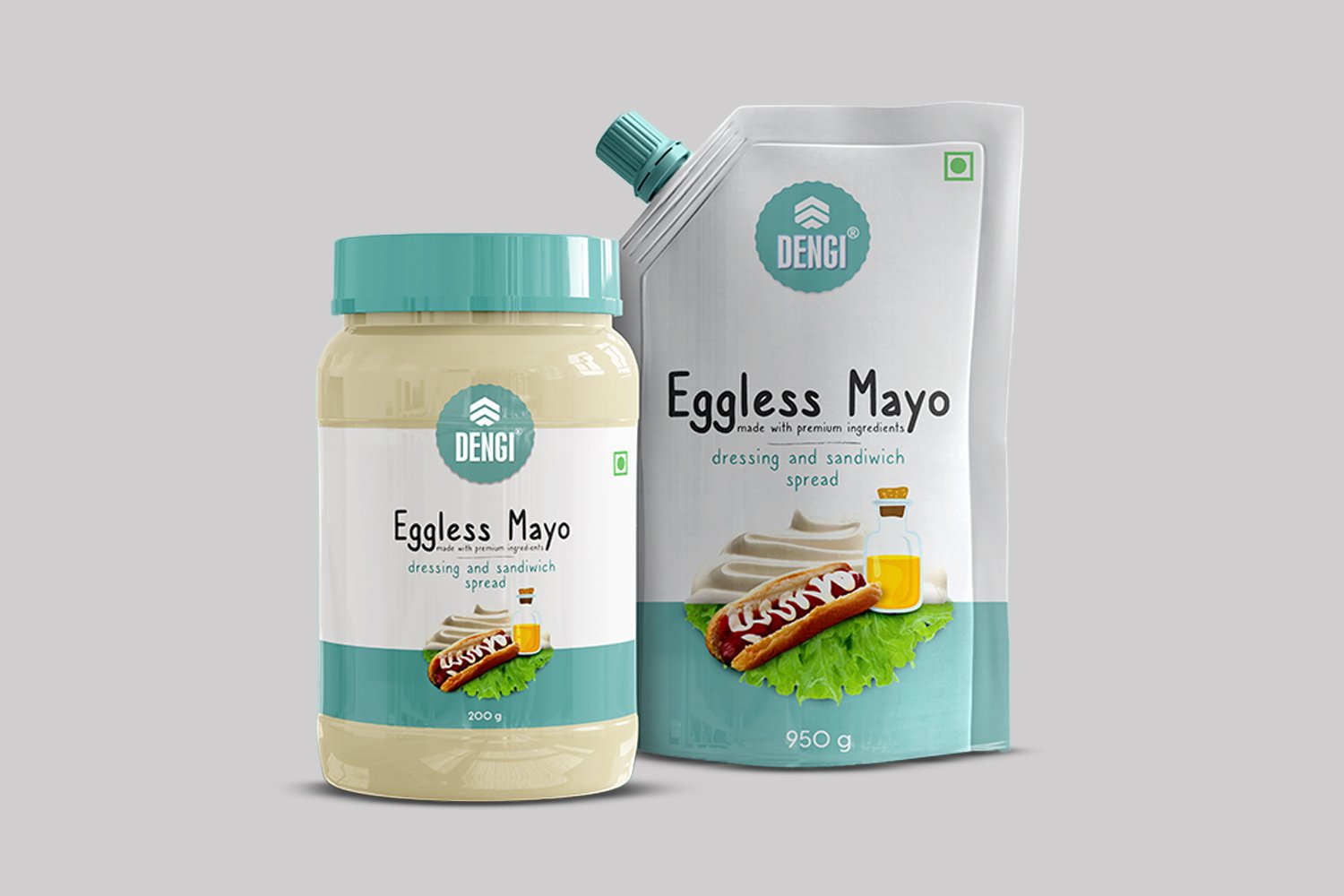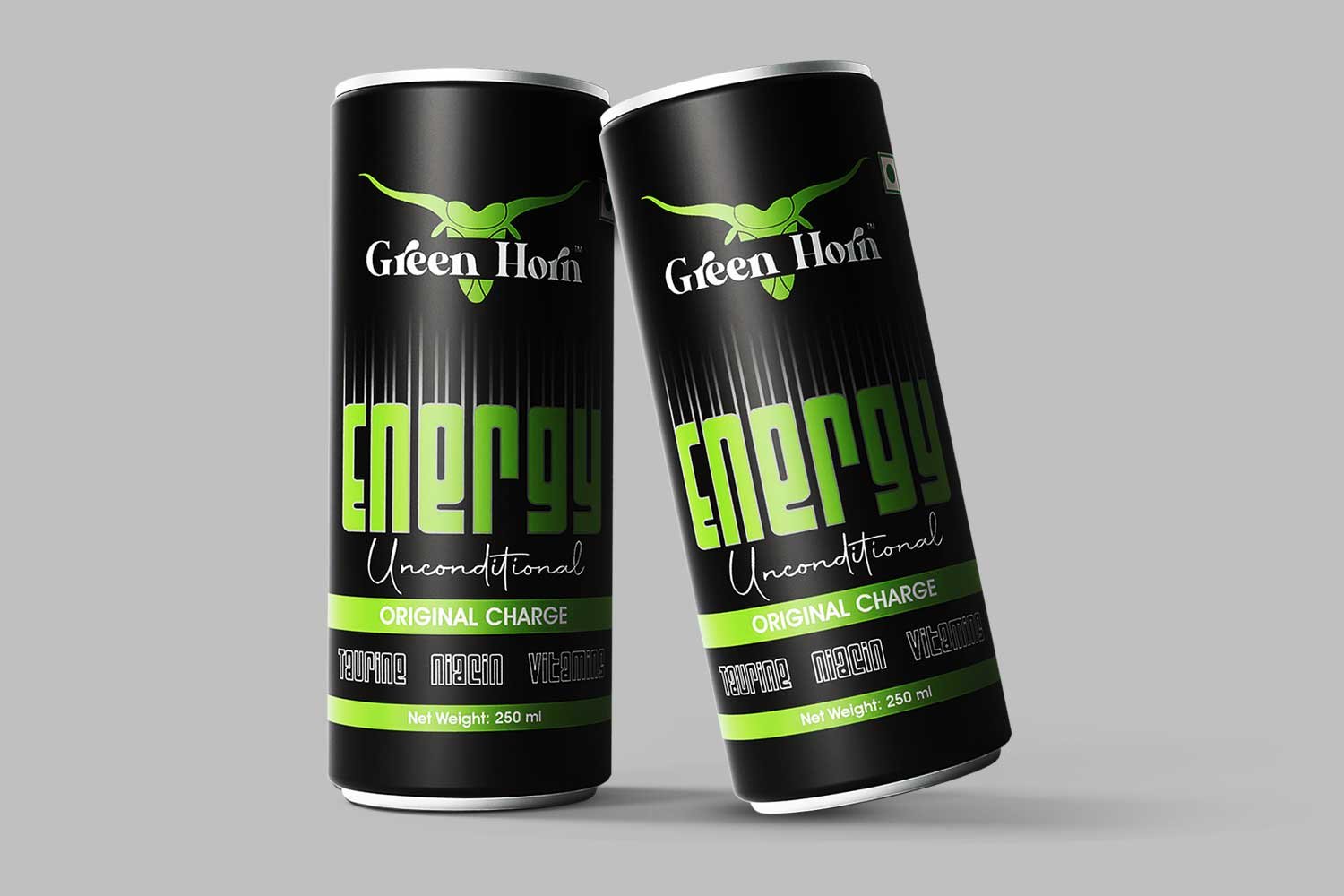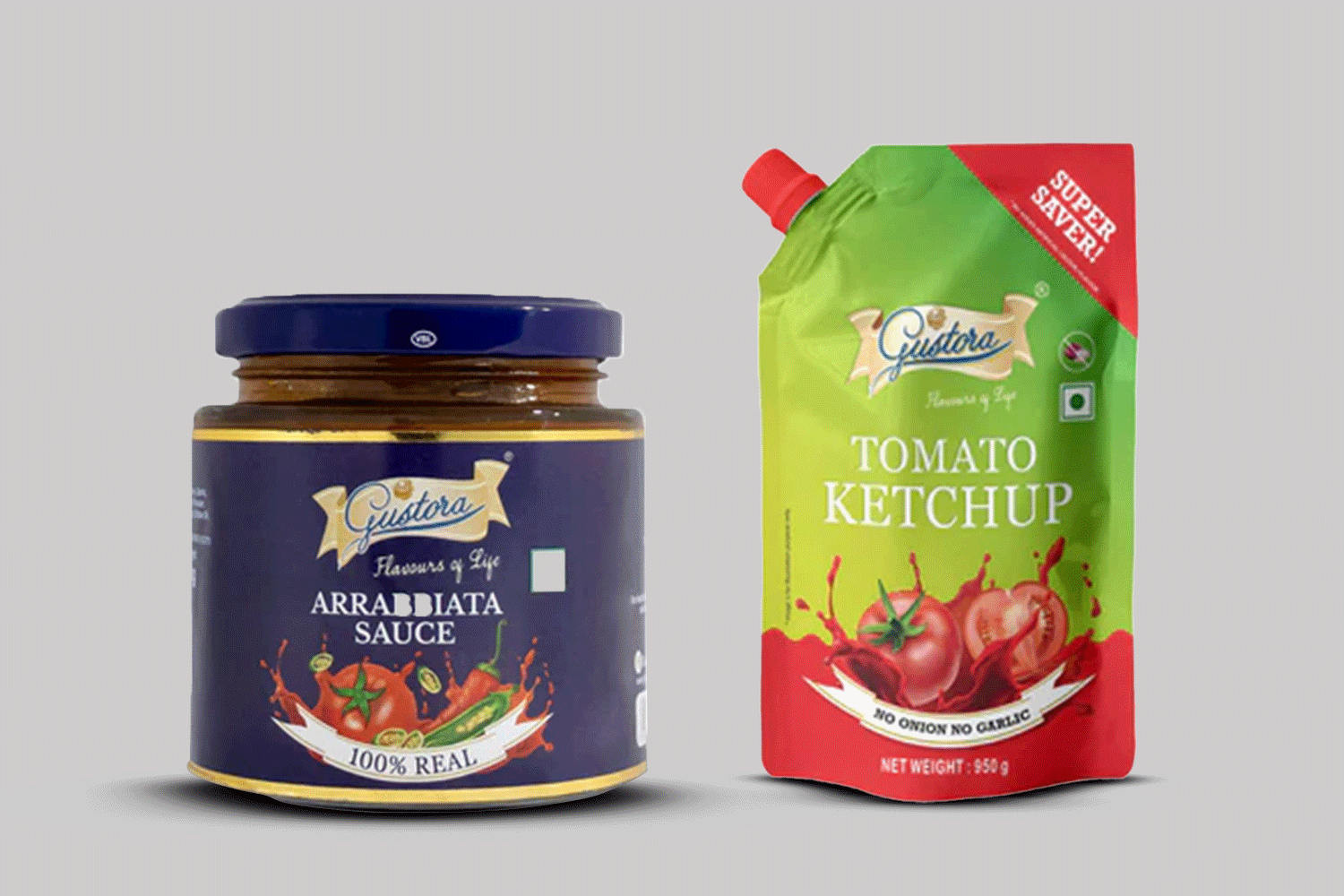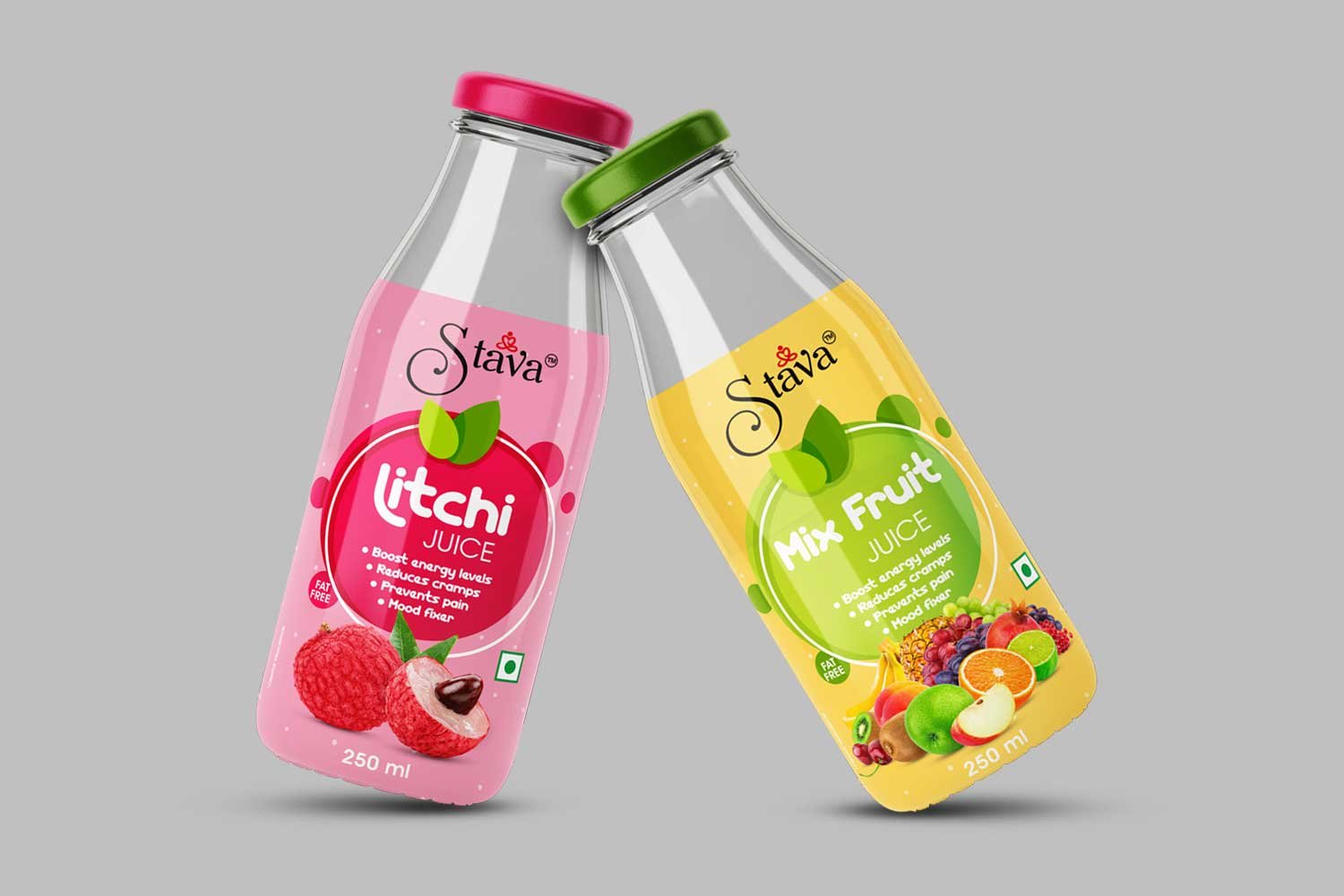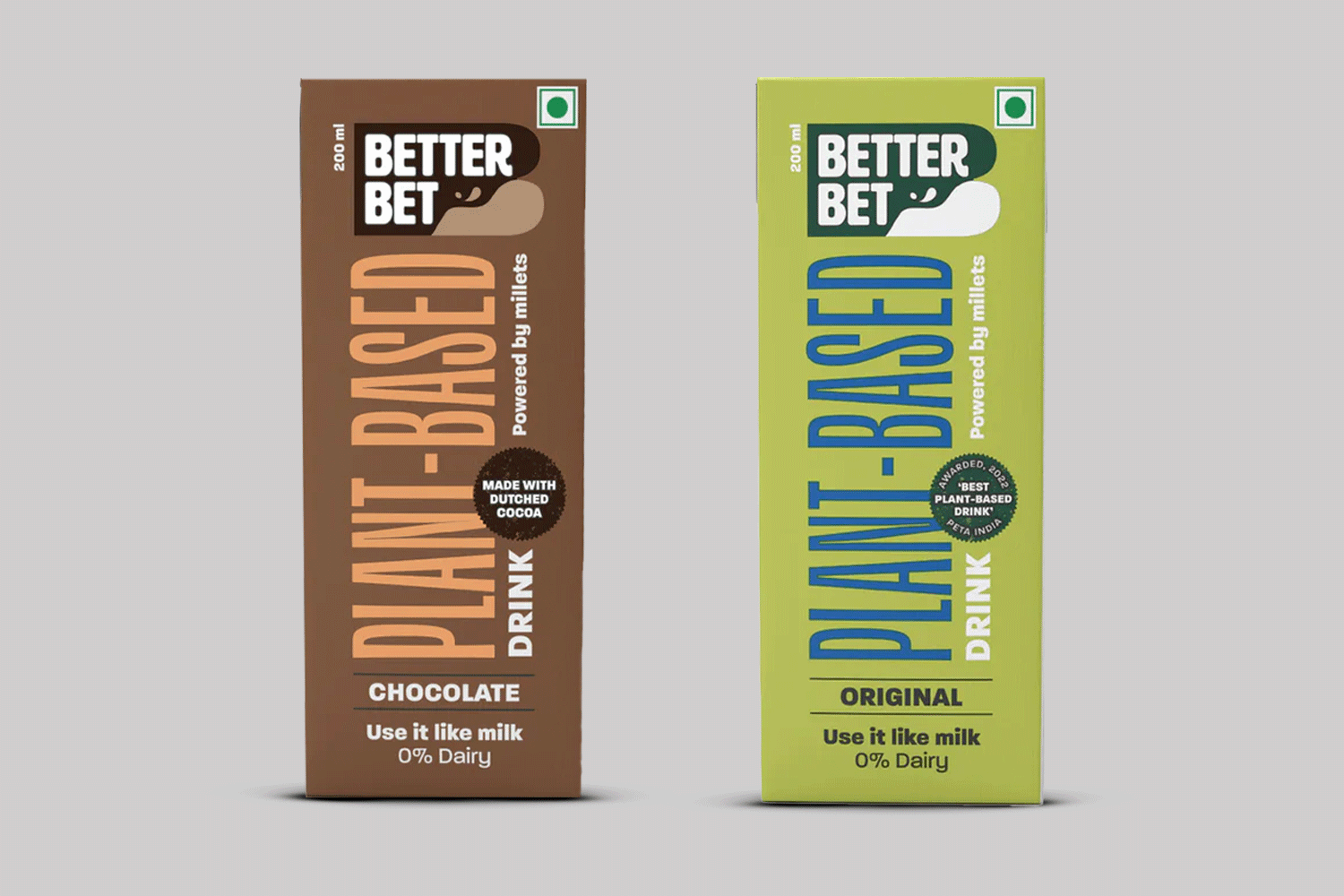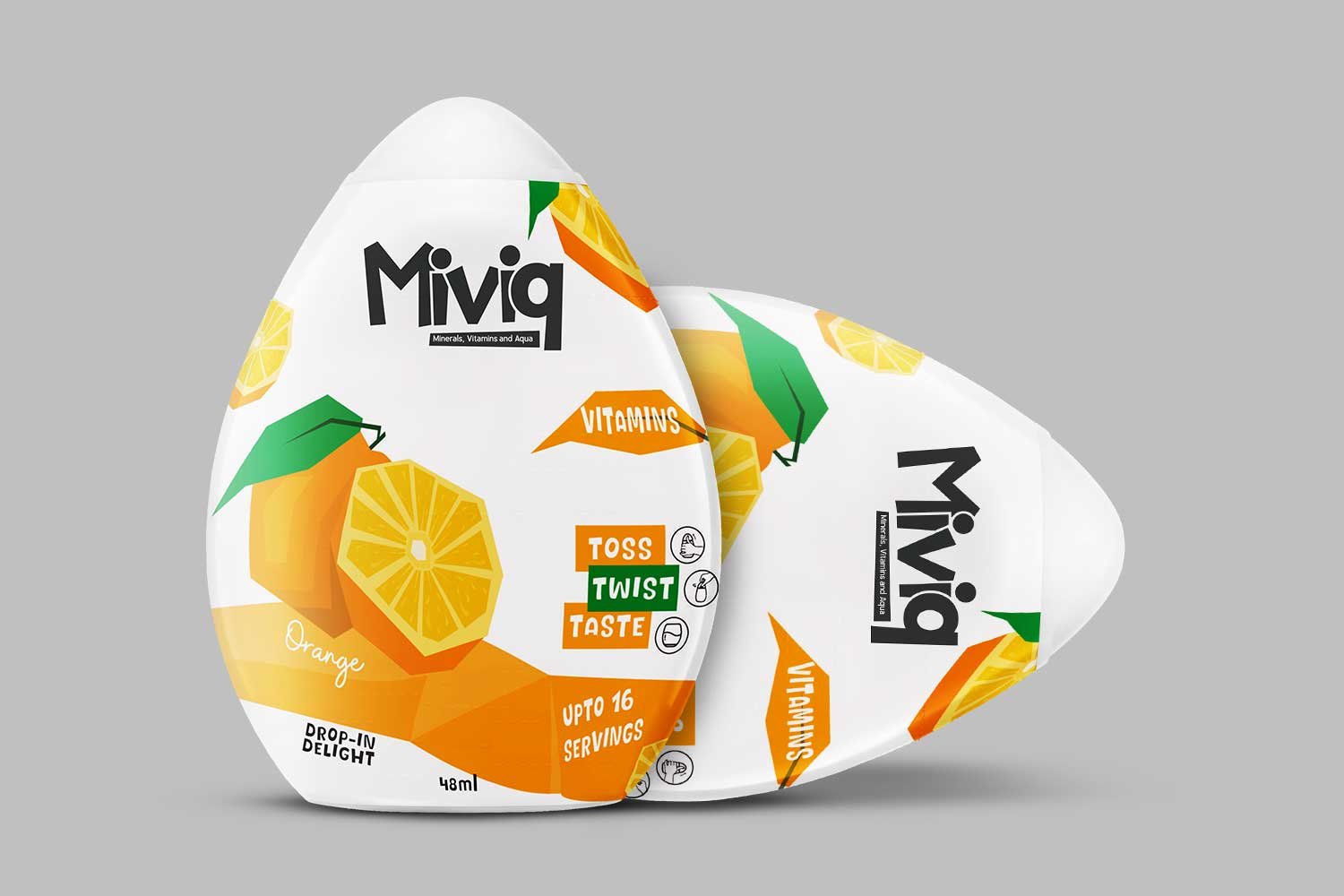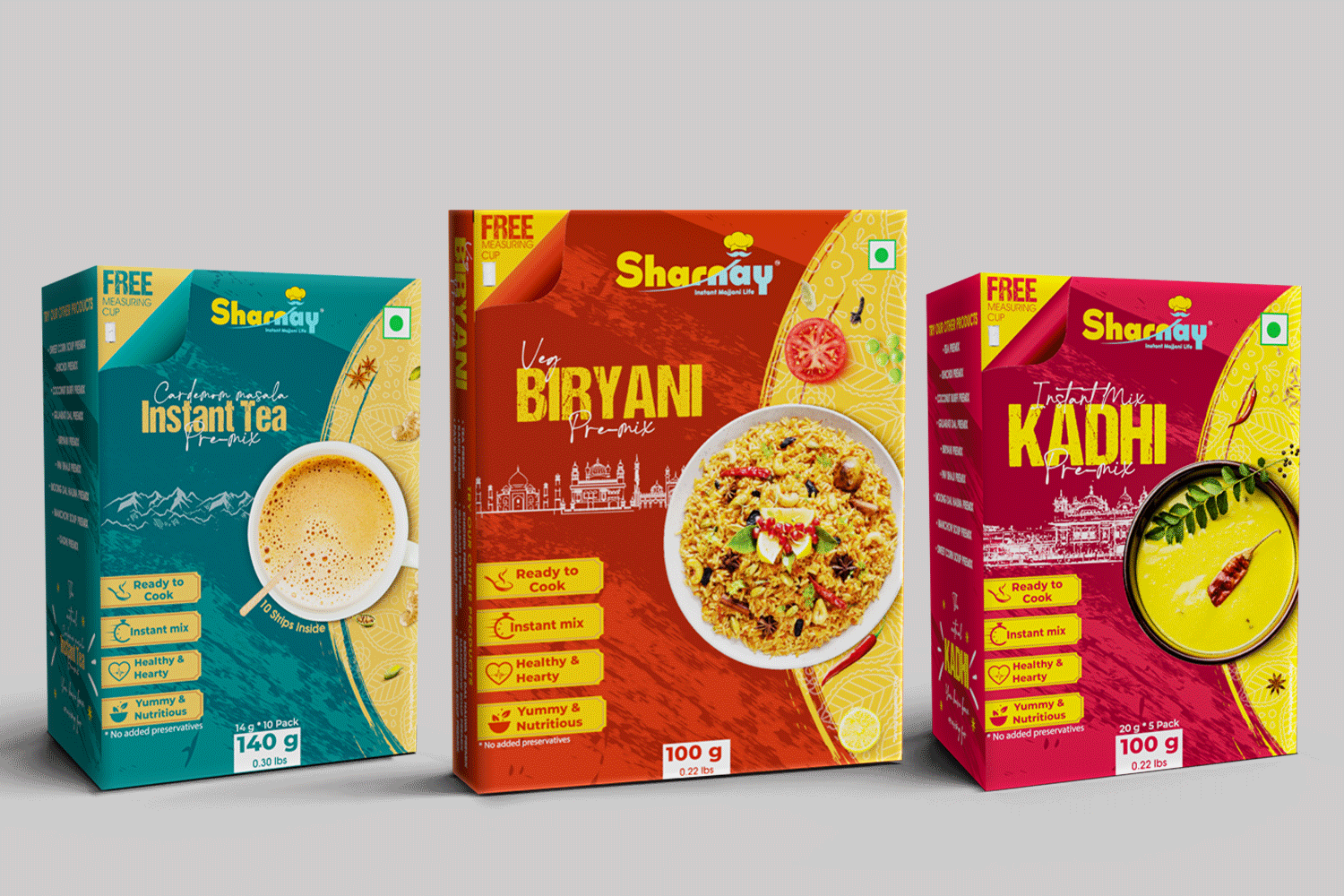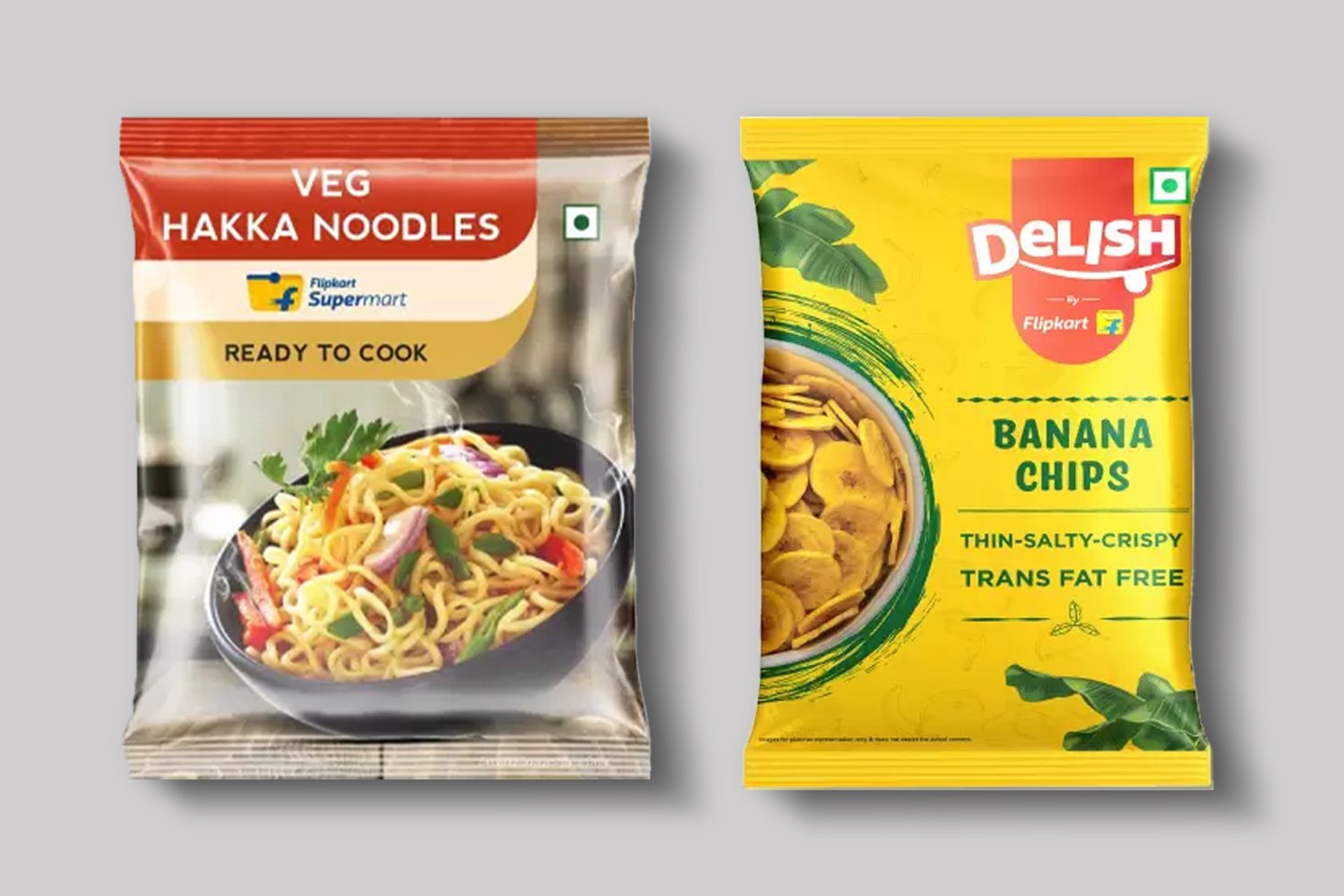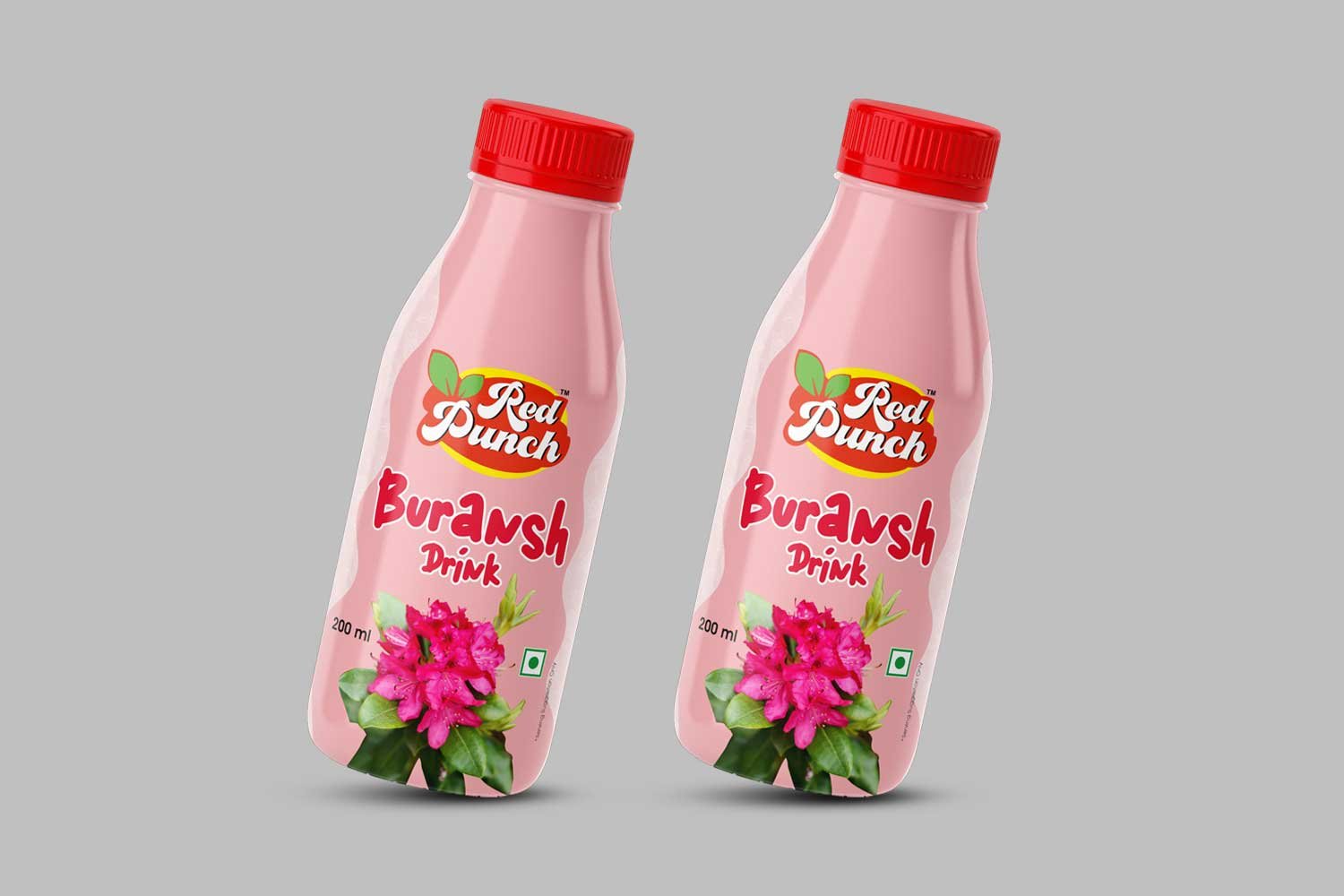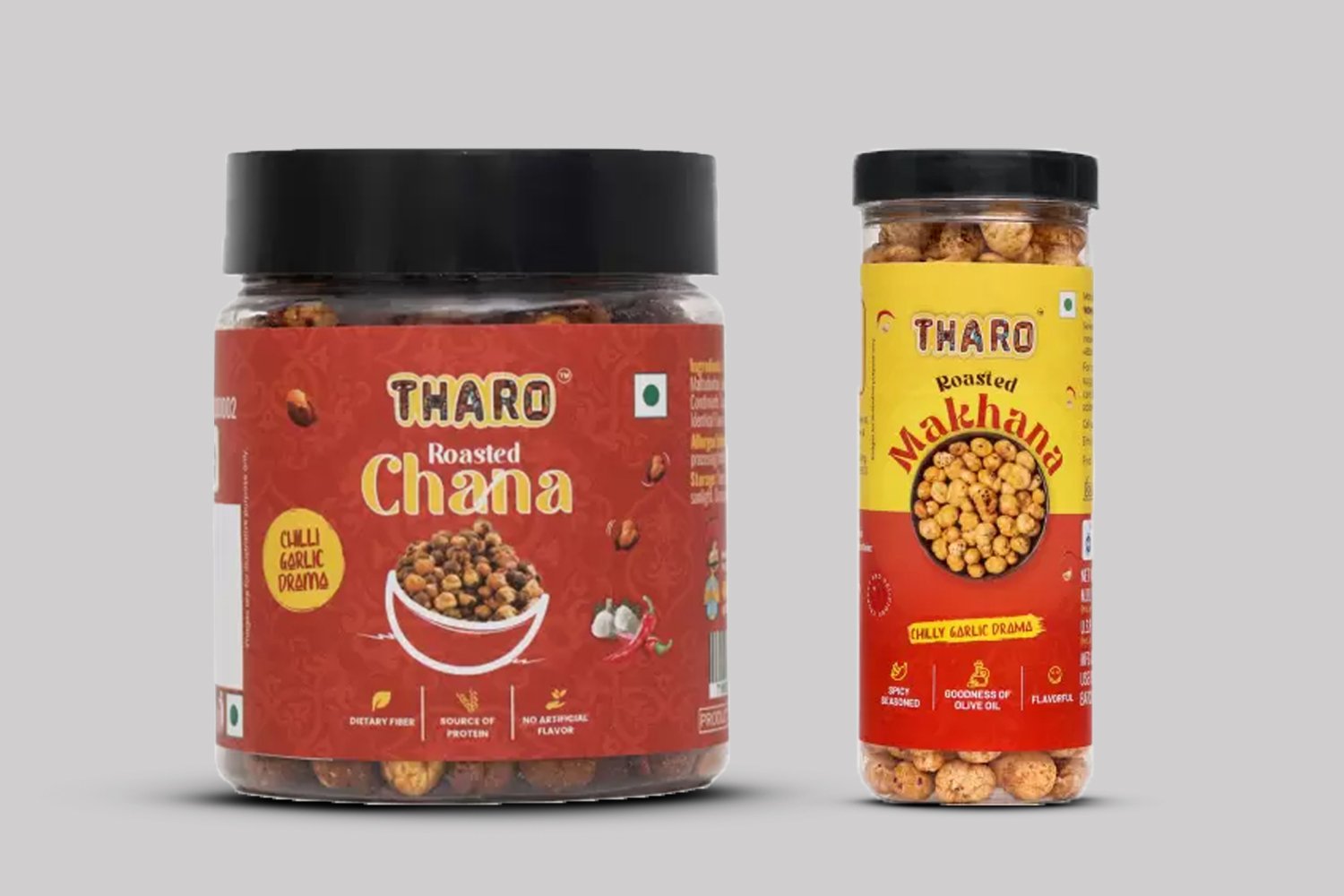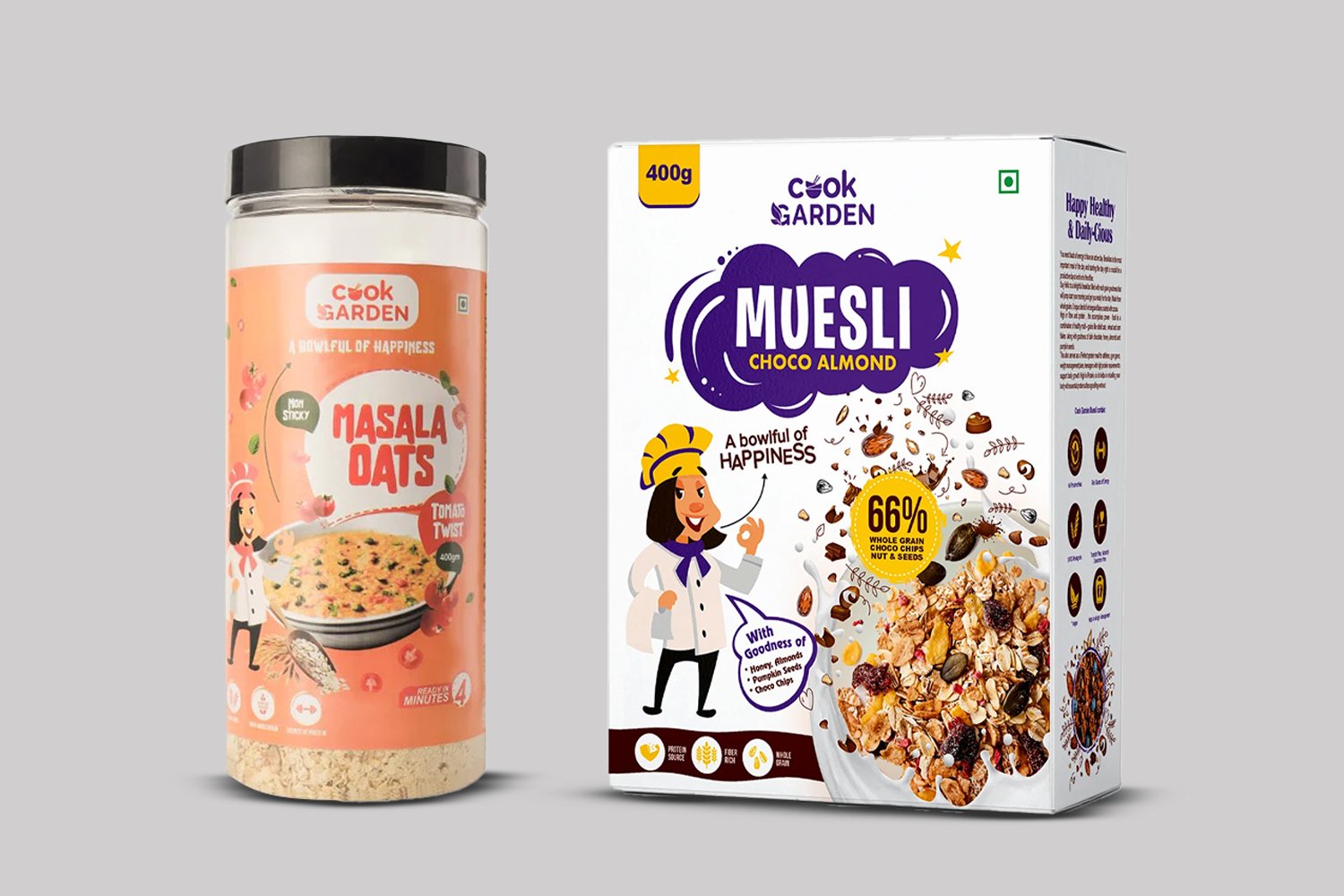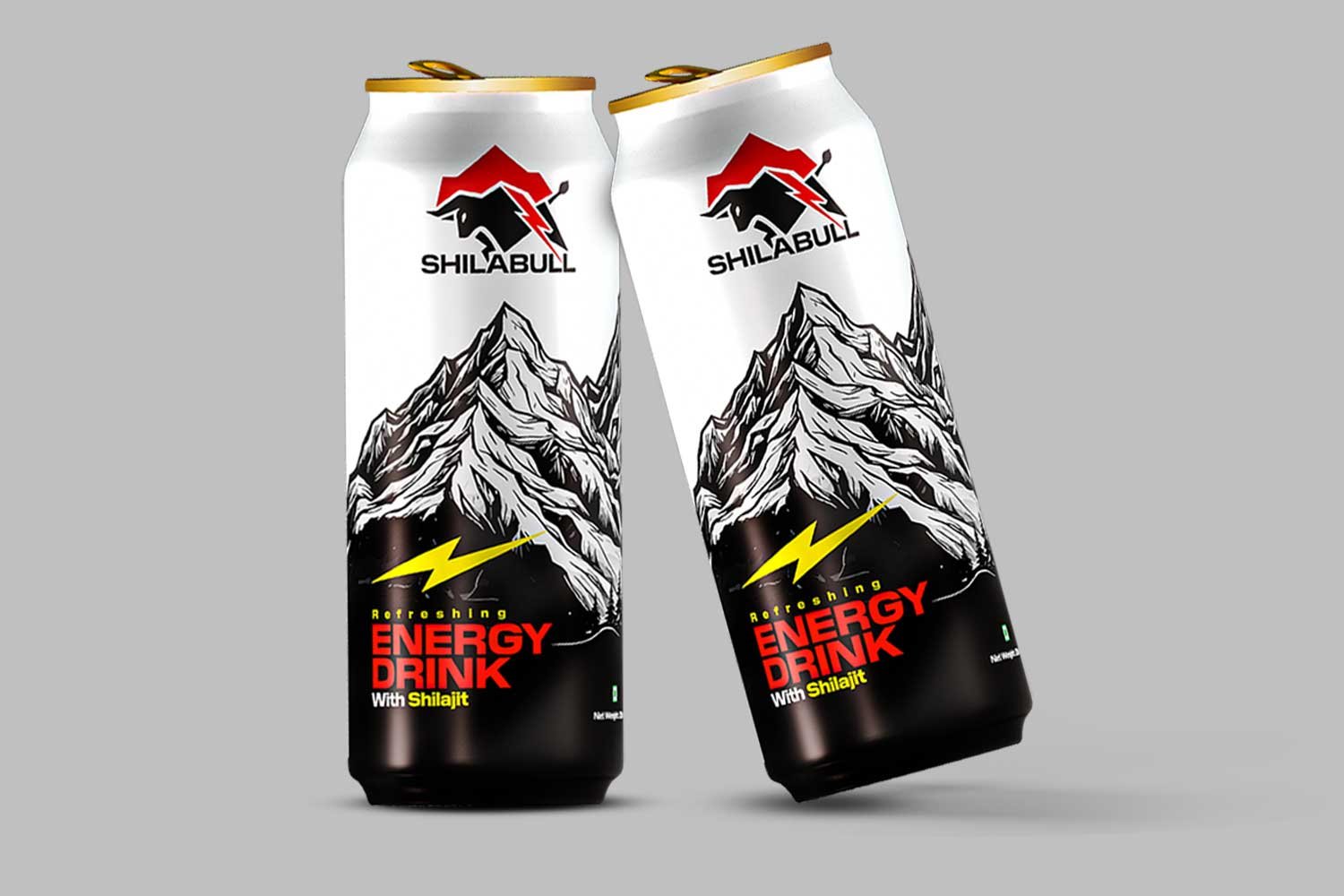Building a strong brand in the food industry is no small feat, but it starts with one key ingredient: an outstanding product. Think of creating a food product that will differentiate your brand and make it stand out from the rest, making it the star of your business. It is not just about creating a new product to join the others but also about making a product people will enjoy, keep demanding, and look forward to.
Although the main point of commercial food product development is ingredients and recipes, it is not a new concept based on what tastes best and consumer preferences, nor is it providing the product that is most unique, given the stiff competition in the market. If managed properly, your product can be the foundation for your brand’s success. Don’t worry about creating a food brand. Here is how to develop a food product.
What Is Commercial Food Product Development?
How to develop new food products? Here is the answer: commercial food product development is an action that includes various significant stages, including idea generation, ingredient decision, sensory evaluation, branding, nutrition and safety approval, positioning, and distribution.

The Importance Of Commercial Food Product Development In Branding
Food product formulation is the key to any food brand company since it is core to the branding effort. They are not just about combining ingredients; it’s all about science in creating quality and tasty food that is also healthy for consumption and safe for the public. The correct food recipe formulation helps you do more than deliver tasty products; the foods also have to be of high quality, remain edible for a reasonable period, and fit into the buyer’s expectations.
The Role Of New Food Product Development In 2025
➜ Few industries rely on innovation as much as commercial food product development.
➜ Consumers constantly seek something new among available products.
➜ New food product development serves as a tool for:
- Captivating consumers with unique offerings.
- Standing out when competitors don’t manufacture similar products.
- Enhancing population health through innovative food solutions.
➜ Key focus areas for intentional innovation:
- Address specific consumer needs.
- Target underserved markets.
Read More: Trends In Food Product Development For 2024-2025
Impact Of Food Recipe Formulation On Brand Building
➜ Consumer Trust: Delivering products with high-quality, natural ingredients fosters trust and loyalty.
➜ Differentiation: Unique and innovative offerings set a brand apart in crowded markets.
➜ Market Expansion: Products designed for specific consumer segments (e.g., children and fitness enthusiasts) allow brands to tap into new demographics.
➜ Sustainability and Ethics: Our food recipe formulation experts focus on sustainable practices, aligning with consumer demand for eco-friendly products.

Commercial Food Product Development: Steps To Build A Strong Food Brand
How to build a food brand? Before diving into product development, it’s essential to understand who you’re developing for:
➜ Consumer Preferences: Find the needs, wants, and pinpoints of your target market.
➜ Competitor Analysis: Study your competitors to find gaps in the market
➜ Trend Analysis: Keep an eye on emerging food trends.
Market Research Checklist
➜ Who is your target audience?
➜ What are the latest trends in the food industry?
➜ What are your competitors offering, and where are the opportunities for innovation?

Read More: The Future Of Food Product Development and Innovation
Define Your Unique Selling Proposition (USP)
Your USP is what sets you apart from the competition:
➜ Differentiation: Figure out what makes your product unique.
➜ Brand Story: Define your USP in your brand story. Make it relatable and engaging.
➜ Consistency: Ensure that your USP is reflected in all aspects of your product.
Examples of Strong USPs
➜ The first gluten-free, high-protein snack made from organic quinoa.
➜ A plant-based yogurt that’s creamy, delicious, and packed with probiotics.
Focus on Quality and Innovation
Plant-based and clean-label products need to focus on the client’s needs and the supply of truthful information about products. Today’s consumers want to be aware of what they are consuming and how that food is produced. They want quality and innovation. Correct labeling and unbiased promotion of whatever it is that one is selling can go a long way in shaping the viewer’s perception.
Create Memorable Food Packaging Solutions
Fresh packaging options can bring improvements, and the attractiveness of your products sets them apart from other products, as well as reminds clients of the values that you uphold. One example of such consumptive values is sustainable packaging, according to the research conducted.
Adhere to Food Safety Standards and Regulatory Compliance
This is essential to address consumers’ concerns and reassure them that the products they are consuming are safe for use. Compliance with these standards can even be useful when it comes to assuring the protection and the quality of your products among your consumers. Make sure that when clients deal with you and see that you are honest plus you are operating legally, they will develop a good impression of your brand.
Power of Sensory Analysis and Food Product Testing
➜ Sensory analysis and product testing are one of the main processes in the development of food products. Such processes include the assessment of production parameters that include the taste, texture, aroma, and appearance of the product to consumer preference.
➜ Product testing helps to ensure that your product is consistent, safe, and of good quality. This ranges from shelf-life studies to allergen tests and indeed anything in between.
Meeting Consumer Demands for Healthier Choices
Nutritional optimization involves tweaking recipes to enhance the nutritional value of a product without compromising on taste. With consumers increasingly prioritizing health and wellness, this aspect of food product development has become more important than ever. Brands that successfully optimize their products for nutrition can tap into the growing demand for healthier options.
Implement a Strong Marketing Strategy
Advances in food technology have opened up new possibilities for innovation in food product development. Use digital marketing channels like social media, SEO, and influencer collaborations to promote your product.
Focus on Customer Loyalty and Engagement With Continuous Innovation
Innovation doesn’t stop once a product is launched. To build and maintain consumer loyalty, brands must continue to innovate and adapt to changing consumer preferences. This means regularly evaluating and updating your product lineup, exploring new ingredients, and staying ahead of industry trends. Consistent innovation keeps your brand fresh and exciting in the eyes of consumers.
Foodsure’s R&D Process: Turning Your Ideas Market-Ready!
Our approach to commercial food product development is methodical, innovative, and consumer-focused. Check out our stages of new food product development and make one for you with us. To build a successful food brand, connect with us. Here’s a complete overview of our process flowchart:
Idea Generation
➜ Brainstorming innovative ideas with skilled team members. Update and focus on market trends, consumer behavior, and gaps in the existing product.
➜ To stand out from others, research is important. Conducting competitor analysis to identify unique selling propositions (USPs).
Feasibility Study
➜ Assessing technical and economic feasibility. You will get proper insights about your product development.
➜ Research includes ingredient sourcing, regulatory compliance, and scalability.
Recipe Formulation
➜ Developing initial formulations in the lab using smart techniques.
➜ We prioritize your vision, we take care of natural, preservative-free, low-sugar, or functional ingredients based on client goals.
➜ We conduct trials to achieve the perfect balance of flavor, texture, and nutritional benefits.
Prototyping
➜ Sample preparation, for sensory evaluation and feedback.
➜ The client inputs and consumers’ involvement help in selecting or modifying the prototypes.
Quality And Regulatory Compliance
➜ FSSAI, FDA, Sedex, and global food standards/compliance.
➜ The final sample measures the shelf life and stability of the product to make certain it is safe for consumption.
Pilot Testing And Optimization
➜ Semi-commercial tests before a product is fully introduced into the market.
➜ Managing risks for improvement of overall manufacturing effectiveness and efficiency.
Packaging And Branding
➜ Organization of ordering as well as offering appealing, environmentally friendly packaging that reflects brand vision.
➜ With regards to customers, highlight aspects like USPs offered, nutritional values, and certifications received.
Commercial Production And Launch
➜ Moving from pilot production to market rollout.
➜ We continue to support promotional campaigns and to improve performance after the launch of a marketing campaign.

Our Major Forte In Commercial Food Product Development
➜ Foodsure is an expert in developing amazing products across different categories, made to meet the current needs of the market. Some of our key innovations include:
➜ Foodsure is also about designing and creating innovative products across various categories relevant to the current markets.
Cocktail Bomb Recipe Formulation
Creating deliciously flavored packed bombs with natural ingredients that would be ideal for home cocktail parties and other social occasions. Our fizzing Cocktail bombs recipe formulation services provide exactly what you need with innovations.
Prebiotic and Probiotic Carbonated Soda Drinks
Formulating functional beverages that support gut health, featuring low sugar and natural prebiotic fibers. If you are interested in making the perfect prebiotic and probiotics carbonated beverage recipe. Then try our recipe formulation services.
Caffeinated Chewing Gums
Developing on-the-go energy solutions with optimal caffeine chewing gums levels for improved focus and alertness.
Meat Snacks
Innovating high-protein meat-based snacks with superior taste and shelf stability.
Case Studies That Speak Volume In Commercial Food Product Development
Supeyou Protein Wafers
A game-changer in the protein snack category, it provides a high-protein, low-calorie alternative to traditional wafers. Developed with clean-label ingredients to cater to fitness enthusiasts.
Sky Berry Milk Shakes
➜ Delicious milkshake recipes in Chocolate, Strawberry, Mango, Vanilla, and Blueberry flavors.
➜ Created mainly for children, these shakes are preservative-free, chemical-free, and low in sugar, making them a hit with parents.
Little Cherry Mom Brand: Healthy Spreads for Kids
➜ Nutrient-dense spreads with natural ingredients, appealing to health-conscious families.
➜ Balanced flavors and textures to delight children while promoting well-being.
Read More: 10 Stages Of New Food Product Development
Why Partner With Us For Commercial Food Product Development?
Building a strong brand in the food industry requires more than just a great product. It involves a strategic approach to food product development that considers everything from innovation and recipe formulation to packaging and regulatory compliance. Foodsure helps food brands to gain access to:
- World-class expertise in food recipe formulation and process optimization.
- A skilled, dedicated team of food technologists with experience in various product categories.
- An end-to-end development process that ensures quality, compliance, and market readiness.
- Several success stories are in our records.
- Turns challenges into creativity.
Don’t Just Develop A Product, Build A Legacy Brand With Foodsure!
Join hands with Foodsure for your food recipe formulation, and let us help you create innovative and successful recipes that will delight your customers’ experience. Contact us at +918130404757 today to get started!

🚀 Launch with Confidence—Commercial Food Made Easy.
Trusted by 100+ D2C Brands
FAQs
What are the key stages in commercial food product development for a new brand?
The key stages include market research, recipe formulation, lab testing, pilot trials, shelf-life analysis, packaging design, and regulatory compliance. Each stage is critical to ensuring your product is not only safe and scalable but also aligned with your brand positioning. At Foodsure, we help streamline this process for faster go-to-market success.
How does product formulation impact brand identity in the food industry?
Formulation defines the taste, nutrition profile, texture, and ingredient story—all of which shape how consumers perceive your brand. For example, using clean-label or functional ingredients can position your brand as premium or health-focused. A strong formulation is the foundation of a trustworthy, differentiated brand.
Can I scale my product from kitchen trials to large-scale manufacturing with Foodsure?
Absolutely. Foodsure offers complete support—from refining kitchen recipes to commercial batch trials, selecting the right co-manufacturer, and ensuring regulatory approvals. We provide end-to-end development and scale-up solutions tailored to your brand vision and market goals.




